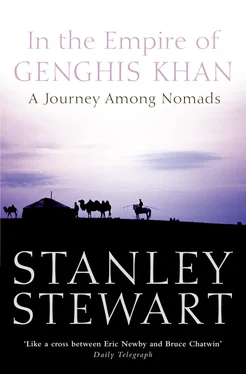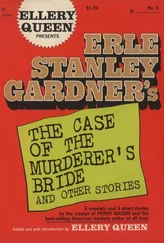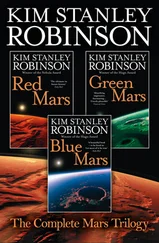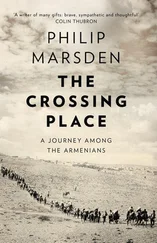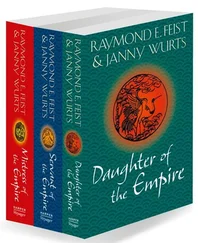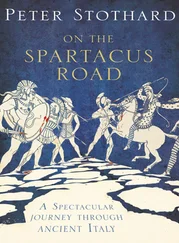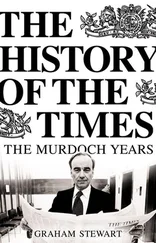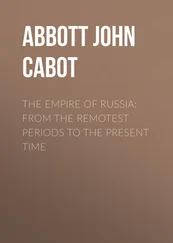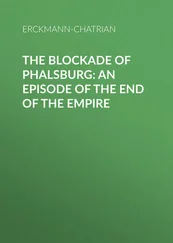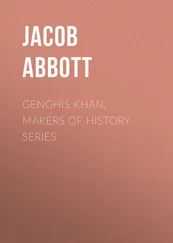I stood in the doorway for a moment then decided I didn’t have the heart to throw her out. Dickens had already made us comrades.
‘Have a glass of vodka,’ I said.
I unpacked my food from the train and she took charge of it, pushing aside my Swiss army knife and fetching a switchblade out of her bag. She kicked off her shoes and carved the sausage, the dark bread, and the cheese, peeled the oranges and the hard-boiled eggs and poured out two small glasses of vodka.
We talked about Dickens and Russia. For seventy years Russians had read Dickens as a portrait of the evils of Western capitalism. Now that they had capitalism themselves, the kind of raw nineteenth-century capitalism that the revolution had interrupted, Dickens had come to Russia. The country was awash with urchins, impostors, fast-talking charlatans, scar-faced criminals, rapacious lawyers, deaf judges, browbeaten clerks, ageing prostitutes, impoverished kind-hearted gentility, people with no past, and people with too much past.
‘Russia is a broken country,’ Olga sighed, failing to see the Dickensian ingredients of a sprawling Victorian pot-boiler all about her.
Her mobile rang. She grunted into the mouthpiece a few times then put it away again. ‘Business,’ she said, squeezing her feet back into her scuffed stilettos. She begin to pack up our picnic.
‘Don’t leave the cheese out,’ she said.
She let out a long sigh as she hoisted herself to her feet. ‘I am tired,’ she said, straightening her dress.
‘Goodbye Master Stanley. If there is something you are needing, you see me okay. Ask at reception. They all know me.’
Then she teetered away up the hall into the dark recesses of the hotel.
Russia’s tragedies are on a different scale from other nations’, as if disaster has found room to expand in its vast distances. Of total losses in World War Two, some fifty million people, over half were Russians. One sixth of the population are said to have perished in what Russians call the Great Patriotic War. Volgograd, under its old name of Stalingrad, was the scene of one of the most horrific battles. In 1942 the German Sixth Army laid siege to the city for four months, bombarding it relentlessly, reducing the city to rubble and its population to cannibalism. In a campaign that speaks more about sheer determination than military sophistication, the Russians turned the Germans and drove them back across the Don. But the cost was staggering. A million Russian soldiers were casualties in the defence of Stalingrad, more than twice the population of the city, and more than all the American casualties in the whole of the Second World War. Their memorial is almost as colossal as their tragedy.
I took the tram to Mother Russia. Her statue overlooks the Volga on the northern outskirts of the city. Long before I reached her, I could see her sword raised above a block of tenements. It vanished for a time then her vast head came floating into view beyond the smokestacks of a derelict factory. Her size confused my sense of distance and scale, and I got down from the tram three stops too soon.
Long slow steps climbed through a succession of stone terraces framed by stone reliefs of grieving citizens. On the last, where a granite soldier with a sub-machine-gun symbolizes the defence of the city, sounds of battle are piped between the trees and a remnant of ruined city wall. To one side stands a rotunda where 7200 names, picked at random from the lists of dead, are inscribed in gold on curving walls of red marble. A tape-loop plays Schumann’s Traümerei ; the choice is meant to indicate that Russians held no grudge against ordinary Germans.
On the hill above, Mother Russia bestrides the sky. As tall as Nelson’s Column, and weighing 8000 tonnes, the statue depicts a young woman, a Russian version of Delacroix’s Liberty Leading the People , striding into a new world, in too much of a hurry to notice she was still in her nightdress. Her upraised sword is the length of a tennis court. Her feet are the size of a London bus. She is striding eastward, across the Volga, glancing over her shoulder to check that Russia is following.
I reclined on her big toe, warm in the afternoon sun, and gazed across the Volga at an empty lion-coloured prairie beneath a fathomless sky. The city stretches for some 40 miles along the western bank without ever daring to cross the river, as if recognizing that the far bank was another country. There are no bridges. If the Black Sea was the nomadic frontier to the Greeks in antiquity, in modern times in Russia the focus for that uneasy boundary has been the Volga. Within its long embrace lies Mother Russia; beyond was the Wild East, the untamed land of the Tartars. Volgograd was founded in the sixteenth century as a fortress, built to protect Russians settlers from their nomadic incursions. If the Volga is the quintessential Russian river, it is due in part to its character as a frontier, poised between the national contradictions of West and East, of Slav and Tartar.
Scratch a Russian, the old proverb goes, and you will find a Tartar. Over the centuries the Mongol Golden Horde which dominated the Russian princes from their tented capitals here on the Volga became absorbed into Russia’s complex ethnicities. The Tatar Autonomous Region lies north along the Volga around its capital Kazan. The Kalmyks, a Mongolian people, have their own region to the south. The Cossacks, another Tartar band, are part of Russian folklore. In these parts every Russian town has its Tartar district where the lanes become narrower, the people louder and life less ordered. Beneath the feet of Mother Russia, brandishing her sword at the eastern steppes, is a Tartar tomb, the Mamaev Kurgan, centuries older than the city.
From Mother Russia’s big toe, one is reminded of the political context of the ambivalent relationship between Russian and Tartar. The statue striding towards the Volga is a symbol of the reverse of a historic tide. By the eighteenth century the balance of power had tilted irrevocably away from the peoples who had migrated from Central Asia and who had sapped Russia for centuries with their demands for tribute. By the age of Peter the Great, Russia was coming to dominate the nomadic hordes of the steppes, and had embarked upon an eastward expansion that would eventually reach even distant Mongolia. They built towns, roads, schools and factories; they sought to bring settled civilization to the regions beyond the Volga. Only by controlling these turbulent regions could they feel secure. Marching toward eastern horizons, the colossal statue seeks to mask the scale of Russian anxieties. Their imperial ambitions were a plea for order, for the safe predictability of sedentary life.
Friar William reached the Volga in the middle of August. The problem with his mission was that no one knew what to do with him. Mongol princes to whom he presented himself invariably resorted to handing him on to their superiors. In the Crimea he had been given an audience at the camp of the Mongol governor, Scacatai. When asked what message he brought to the Mongols William replied simply, ‘Words of Christian faith.’ The governor ‘remained silent, but wagged his head’, then said he had better speak to Sartaq, a senior figure, camped beyond the River Don.
While William waited on arrangements for his onward travel he had a brief breakthrough on the evangelical front when he persuaded a resident Muslim to convert to Christianity. Apparently the fellow was much taken with the idea of the cleansing of his sins and William’s promise of Resurrection from the Dead. The scheme came unstuck at the last moment however when the man insisted on first speaking to his wife who informed him that Christians were not allowed to drink koumiss , the fermented mare’s milk that is the chief tipple in nomad tents. In spite of William’s assurances that this was not the case, the fellow decided he wouldn’t risk it.
Читать дальше
